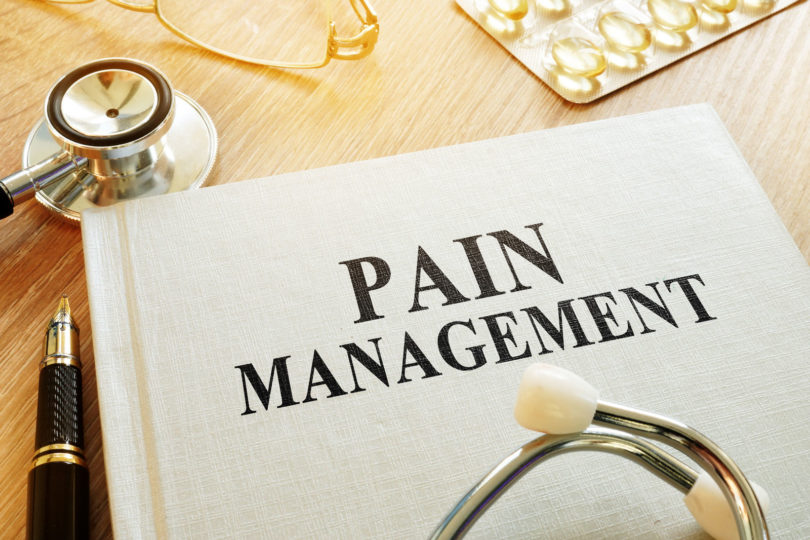IV Narcotic Shortage Changing How Hospitals Handle Pain Management
Hospitals across the country are facing a historic shortage of intravenous narcotic drugs that is expected to continue until at least the summer of 2019.
In the short run, it will require hospitals to conserve IV narcotics for those in severe pain. The shortage could ultimately permanently change how hospitals manage pain in the future, depending more on oral medications and minimizing the use of IV injections.
IV narcotic drugs — primarily morphine, hydromorphone and fentanyl (usually used during surgery) — are given to post-surgical patients or those recovering from cancer pain.
The shortage, however, should not affect those who are in pain. Hampton Roads hospitals are committed to delivering the same level of pain management based on a patient’s diagnosis and severity of pain.
“The goal is to be proactive and save IV narcotics for those who are in severe pain and find alternative ways to manage pain orally with narcotic and non-narcotic drugs,” says Jon D. Horton, director of pharmacy for Sentara Healthcare. “We have to be looking down the road.”
Bon Secours hospitals have taken a similar stance and say they are employing an “aggressive approach to alternative medications and treatment methods.” These include converting to oral narcotic therapy, as well as non-narcotic pain control.
Patients who visit an emergency room at a Sentara facility and are able to swallow pills will be given narcotics in pill form or non-steroidals such as Tylenol or Aleve in prescription dosages (800 mg compared to 200 mg when bought over-the-counter).
To inform patients of the changes necessitated by the shortage of IV narcotics, Sentara put up posters in its emergency rooms. The poster explains “What You Need to Know” (IV narcotics are at a historic low), “What to Expect” (patients will be kept as comfortable as possible, pain will be monitored regularly and medication may be adjusted) and “What You Can Do” (patients should offer an accurate description of their pain, let doctors or nurses know if pain increases and if there are other things they may require.)
Chesapeake Regional Healthcare is not posting the shortage and its effect on patients, but rather has “educated the medical and nursing staff regarding the shortage and availability of alternative therapies,” says Jack Lemanowicz, director of the pharmacy. The staff will inform patients when necessary, he says.
Lemanowicz says oral products are now being used earlier in treatment, and alternative therapies, such as non-steroidal anti-inflammatory drugs (ibuprofen, Celebrex, etc.) are more frequently considered. “First and foremost, we are here to care for our patients,” he says.
The shortage of IV narcotics was brought about by a number of factors. First, the federal government reduced the amount of narcotics pharmaceutical companies can produce. Also, a large manufacturer of injectable narcotics was shut down due to quality issues and sold its business to pharmaceutical giant Pfizer.
The federal government has recently cut back on its restrictive measures relating to the amount of narcotics that can be produced, but it will take time for companies to get up to speed.
And then there are natural factors like Hurricane Maria, which devastated Puerto Rico in September. The island, which still hasn’t recovered, houses 80 companies that produce drugs and medical devices for areas of the United States including Hampton Roads.
All of the factors could lead to a return to non-narcotic management of some pain.
“Some patients may require narcotic drugs immediately after surgery and, after a few days, we can minimize the use of narcotics or eliminate them,” Horton says. “The feedback from physicians has been very positive about minimizing the use of narcotics.”
Studies have shown that patients can do well on prescription doses of generally available drugs, although they take longer to work. Likewise, notes Lemanowicz, music therapy, meditation, aromatherapy and pet therapy have proved effective in treating pain.
What happens in the future, agree Horton at Sentara and Lemanowicz at Chesapeake Regional, depends on the results doctors see using alternative means to control pain.
The key, says Horton, is to have different strategies to manage a patient’s pain: “The goal, as always, is to keep patients as comfortable as possible.”



